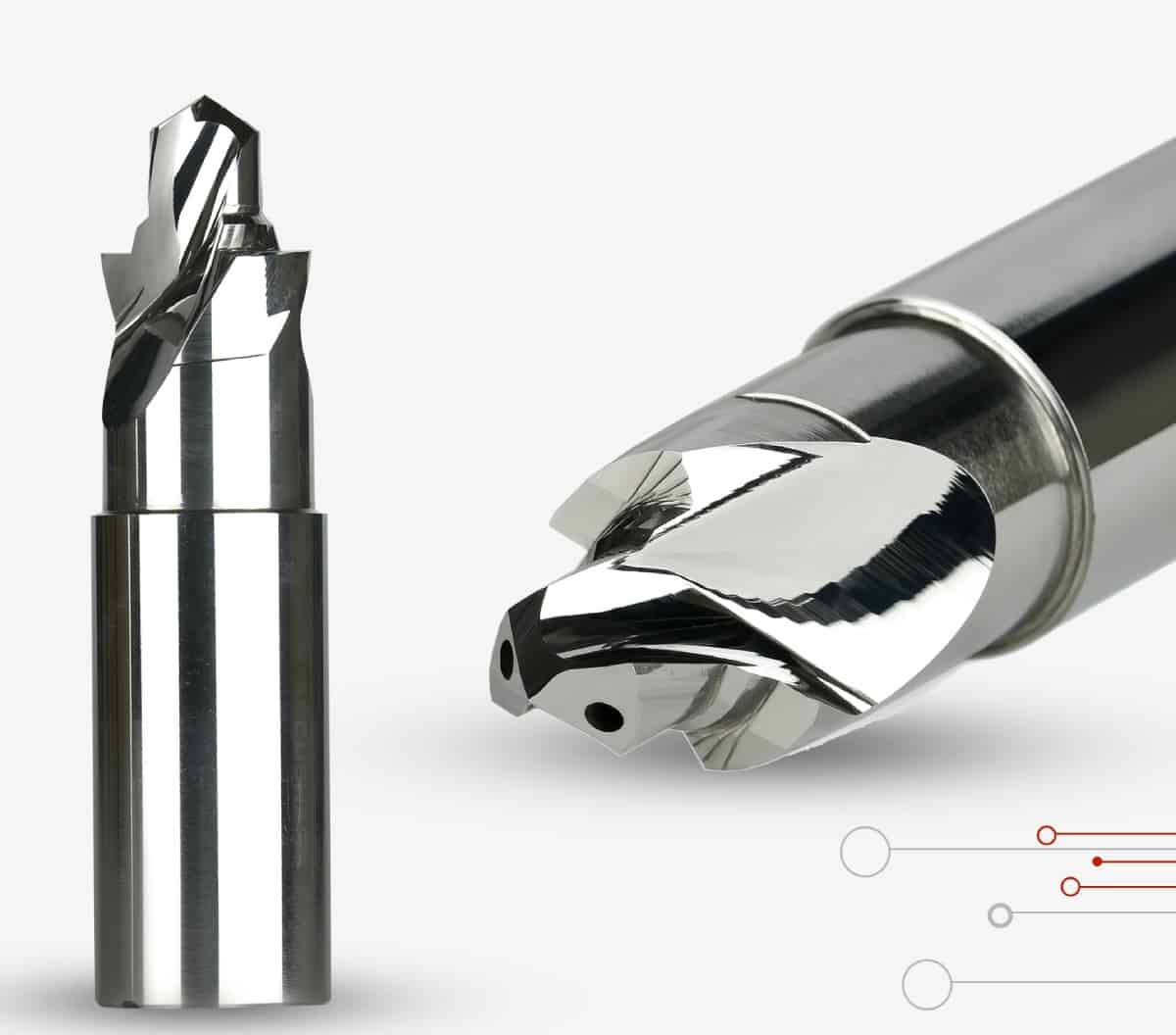Industry 4.0, or the “industrial revolution,” is here. Similar to the last three, every industry will experience significant disruption during this time. Technology is undoubtedly advancing, but you must assess your machining operations and processes to ensure that you are prepared to thrive in this new environment. This new industrial revolution’s platforms and technology will alter how you approach your machining operations.
The materials of the future are already being developed, from specialized aircraft metals to polymers, carbon fiber composites, and 3D-printed parts from metal powders.
Aspects of quality control pose the biggest challenge: how can you monitor your production to ensure accuracy? The complexity of cutting tools has increased, as has the demand for accuracy in these machine operations. To retain 10% of the tolerance or 0.2 microns, the cutting tool must be controlled to a size of, say, two microns. It is particularly challenging to set up a batch of tools with precise tolerances since you must measure and make adjustments while manufacturing. In reality, obtaining accurate data or measurements calls for a two-step procedure. Use an in-process measuring instrument when grinding to assist in reducing the possibility of error since it is totally automatic. During the setup, you would use a measurement tool like the Zoller to check the relief geometry. Technology is assisting us in meeting these tight tolerances in this way.
Companies can readily comprehend the complete procedure, make adjustments, and maximize their efforts. In order to grind tools to the exact accuracies required today, a trend may indicate that the coolant system is not maintaining its temperature, for example.
Advantages of precision machining procedures during Industry 4.0
The performance of a machine tool that is Industry 4.0 ready can be significantly increased. The information flow from the machine tool to the product is automated by Industry 4.0. Data about the product that has been manufactured, its correctness, and comprehensive information on the machine tool’s performance are provided by the machine.
Before, a large portion of this took place offline in factories filled with scraps of paper. Information now travels to and from machines electronically and is accessible online. The fundamental data flow that surrounds production is as follows.
Consider that the machine contains a lot of sensors. For instance, each motor has a thermistor that measures temperature to prevent motor overload. All of this sensor data may be collected and used for predictive maintenance with Industry 4.0. It transforms scattered information islands into a comprehensive, detailed collection that is simple to examine.
A central enterprise resource planning (ERP) system can be interfaced with individual computers to provide access to this data. The manufacturing equipment is informed by the ERP system, for instance, that 27 of a particular part are due on a specific day. Although there may not be a reduction in the number of processes, openness about each stage of manufacturing is now available right away and may be anticipated. The efficiency of the machines, the length of time it takes to grind a batch, the most popular items, predictive maintenance, and the caliber of the output are all useful information for factories.
The evolution of machining in Industry 4.0 will continue.
The layer of autonomous quality assurance is fairly new and challenging. The reduction in the actual cost of automation is one feature that represents a significant trend. It has been a while since having a robot maintain a machine was something unusual.
Your machining procedures will be significantly impacted by each of these investments. Machines will be self-sufficient and able to do tasks independently of human assistance. The tooling changes between batches will be managed automatically for upcoming batches. Pallets of materials will be delivered by automatically guided vehicles (AGVs).
Every working component will be managed by a centralized ERP that is reachable from any type of device. Machine learning and AI will eventually be able to resolve problems that are currently unsolvable.
AI will eventually need to significantly alter the industrial industry. Less labor is being used on the shop floor generally. Making each machine independent requires a lot of work.
Although intimidating, change can also be exciting. You must begin right away if you want to stay competitive in this field. Your rivals’ businesses are benefiting from their investments in Industry 4.0 technologies. It’s time to modernize your machining procedures.
Factories have started making major investments. It is exceedingly challenging to compete with outdated technology due to improvements in quality and performance. You should invest in new technologies as your rivals are already doing so.


